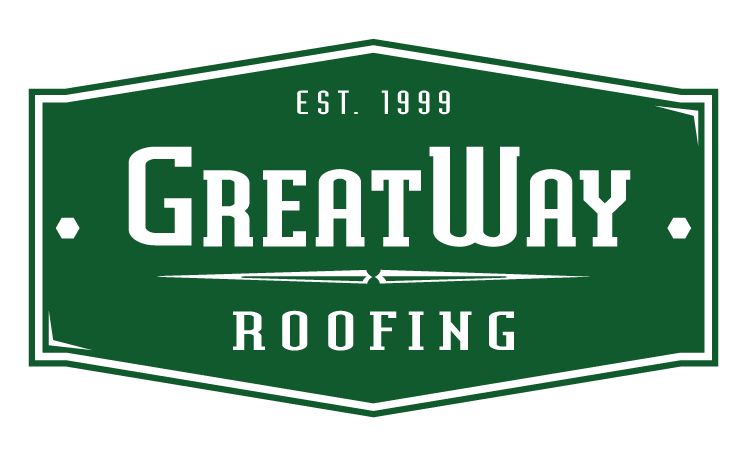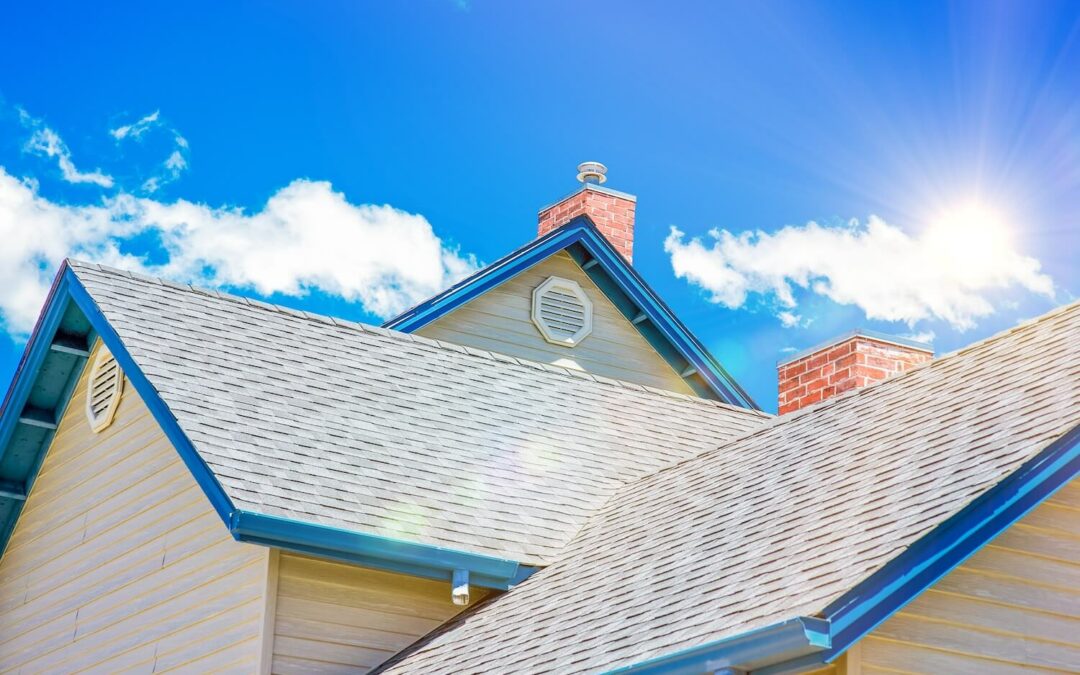As the temperature rises and the days grow longer, summer often brings thoughts of vacations, barbecues, and beach outings to mind. However, for homeowners, summer is also the perfect season to focus on maintaining and improving their homes. One crucial aspect of home maintenance that often gets overlooked until it becomes a problem is the roof. Roof inspections and repairs during the summer can be particularly advantageous for several reasons.
This article delves into why summer is the best time for roof inspections and repairs, highlighting the benefits of tackling these tasks during the warmer, sunnier season.
1. Ideal Weather Conditions
Stable and predictable weather patterns in many regions characterize summer. Unlike spring and fall, which can bring unpredictable storms, and winter, often accompanied by snow and ice, summer provides a more consistent environment for roof work. The likelihood of sudden weather changes is lower, reducing the risk of project delays due to rain or wind. This stability allows for better planning and execution of roof inspections and repairs.
The warm summer temperatures make it easier for roofing materials to adhere correctly. Shingles, for example, need to seal to each other to form a waterproof barrier, and this process is expedited by heat. Cold weather can cause materials to become stiff and more difficult to work with, whereas the warmth of summer ensures that shingles are pliable and sealant cures effectively. This results in a more durable and long-lasting repair.
2. Longer Days
Summer offers longer daylight hours, providing roofing contractors more time each day to complete inspections and repairs. The increased working hours mean projects can be completed more quickly and efficiently. It also minimizes the need to split work across multiple days, reducing the overall disruption to homeowners’ daily routines.
The abundance of natural light during summer allows for better visibility without artificial lighting. This is particularly important for detailed inspections, where identifying small cracks, leaks, or other damage can be challenging. Natural light ensures that every part of the roof is thoroughly examined, leading to more accurate assessments and higher-quality repairs.
3. Prevention of Future Roof Problems
Summer roof inspections provide an opportunity to identify potential issues before they become significant problems. Small leaks or damaged shingles might go unnoticed during colder months, only to worsen over time. By inspecting the roof during summer, homeowners can catch these issues early and address them promptly, preventing more extensive damage and costly repairs in the future.
Conducting roof repairs in summer ensures the roof is in optimal condition before the harsh winter months arrive. Winter weather can exacerbate existing issues, leading to leaks, ice dams, and structural damage. By proactively inspecting and repairing the roof during summer, homeowners can safeguard their homes against winter-related problems and enjoy peace of mind knowing their roof is ready to withstand the elements.
4. Safer Working Conditions
Summer provides safer working conditions for roofing contractors. Cold weather can create hazardous conditions, such as icy surfaces and numb fingers, increasing the risk of accidents. In contrast, the warm and dry conditions of summer minimize these risks, making it safer for contractors to perform their tasks effectively. Ensuring the safety of workers leads to more efficient and successful repairs.
5. Homeowner Comfort
Roof repairs can be noisy and disruptive, impacting the daily lives of homeowners. Conducting these repairs during summer, when many families take vacations or spend more time outdoors, can mitigate the inconvenience. Homeowners can plan around the repairs more easily, taking advantage of the season to be away from home while the work is being done, or enjoying outdoor activities that keep them out of the house.
6. Availability of Roof Contractors
Roofing contractors are more available during summer compared to other seasons. Winter can limit their ability to work, and spring and fall often bring an influx of urgent repairs due to seasonal weather changes. During summer, contractors are more likely to have open schedules, making it easier for homeowners to book inspections and repairs at their convenience.
7. Increased Curb Appeal
A well-maintained roof significantly enhances a home’s curb appeal. Summer is an ideal time to improve the appearance of a property, especially if homeowners are considering selling. Potential buyers are more likely to be out house hunting in pleasant weather, and a roof in excellent condition can make a positive impression. Investing in roof repairs or even a roof replacement during summer can increase the property’s market value and attract more buyers.
8. Home Energy Efficiency
A well-maintained roof contributes to better energy efficiency, which is particularly important during the hot summer months. Roof repairs can include adding or improving insulation and ventilation, which helps keep the home cooler and reduces the strain on air conditioning systems. This not only makes the home more comfortable but also lowers energy bills, providing long-term savings for homeowners.
Practical Tips for Summer Roof Inspections and Repairs
1. Schedule Early
It’s advisable to schedule early to take full advantage of summer for roof inspections and repairs. Roofing contractors’ schedules can fill up quickly, especially during peak season. Homeowners can ensure they receive timely service by booking an inspection and any necessary repairs at the start of summer.
2. Conduct a Preliminary Self-Inspection
Before hiring a professional, homeowners can conduct a preliminary self-inspection. This involves checking for obvious signs of damage, such as missing or curled shingles, visible leaks, or debris buildup. While a professional inspection is essential, a self-inspection can help homeowners identify immediate concerns and communicate them effectively to the contractor.
3. Consider Full Replacement if Needed
If the roof is nearing the end of its lifespan, summer might be the best time to consider a total replacement rather than just repairs. A new roof can offer enhanced protection, improved energy efficiency, and a significant boost in curb appeal. Discussing options with a trusted roofing contractor can help homeowners make an informed decision.
4. Plan for Maintenance
Regular maintenance is critical to prolonging a roof’s lifespan. After summer inspections and repairs, homeowners should establish a maintenance schedule. This includes routine gutter cleaning, checking for debris, and scheduling biennial professional inspections. Consistent maintenance can prevent minor issues from escalating into major problems.
5. Choose Quality Materials
Investing in high-quality roofing materials pays off in the long run. Whether opting for traditional asphalt shingles, tile, metal roofing, or eco-friendly alternatives, selecting durable materials ensures that repairs and replacements provide lasting benefits. Consulting with a professional can help homeowners choose the best materials for their needs and climate.
The Role of Professional Roof Inspections
1. Expertise and Experience
Professional roofing contractors bring a wealth of expertise and experience to the table. They are trained to identify issues a layperson might overlook, such as subtle signs of water damage, potential weak spots, and underlying structural problems. Their expertise ensures that all aspects of the roof are thoroughly inspected and any necessary repairs are correctly performed.
2. Comprehensive Assessments
A professional roof inspection goes beyond a simple visual check. It includes a detailed assessment of the roof’s overall condition, the integrity of flashing and seals, the state of the gutters and downspouts, and the effectiveness of the ventilation system. This comprehensive approach ensures that all potential issues are identified and addressed, providing homeowners with a clear understanding of their roof’s condition and the necessary maintenance steps.
3. Use of Advanced Tools and Techniques
Professional roof inspectors use advanced tools and techniques to enhance the accuracy of their assessments. These might include infrared cameras to detect moisture buildup, drones for detailed aerial views, and moisture meters to measure the dampness in roofing materials. The use of such technology ensures that inspections are thorough and precise, leading to more effective repairs and maintenance.
4. Detailed Reporting and Recommendations
After the inspection, professional roofers provide detailed reports outlining their findings and recommendations. These reports are invaluable for homeowners as they offer a clear picture of the roof’s condition, the urgency of any repairs, and the expected costs. This information helps homeowners make informed decisions about their roof maintenance and budget effectively for any necessary work.
Home Roof Conclusion
Summer is undoubtedly the best time for roof inspections and repairs due to its favorable weather conditions, extended daylight hours, and the opportunity to prevent future problems. Homeowners can take advantage of safer working conditions, better contractor availability, and potential cost savings. Additionally, addressing roof issues during summer enhances property value, improves energy efficiency, and supports environmentally friendly practices.
By proactively scheduling roof inspections and repairs during the summer, homeowners can ensure their roofs are in optimal condition to withstand the elements and provide long-term protection for their homes. Whether it’s a minor repair or a full replacement, the benefits of tackling these tasks in summer far outweigh any potential drawbacks, making it the ideal season for roof maintenance and improvement.

